Interview: Thomas Girst
BMW continues to encourage the arts with a guide book to private collections and new installations in Mumbai and Miami

BMW asked us to join them for part of Miami’s Art and Design week, and between the fairs and the tours of private collections we had the chance to sit down with Thomas Girst, BMW Group’s Head of Cultural Engagement, to hear what they’ve been up to lately.
Long known for their commitment to the arts—from the Tate Modern’s Live Performance Room to the more recent partnership with the Guggenheim to create the mobile BMW Guggenheim LAB, the automotive powerhouse shows no signs of slowing in their efforts.
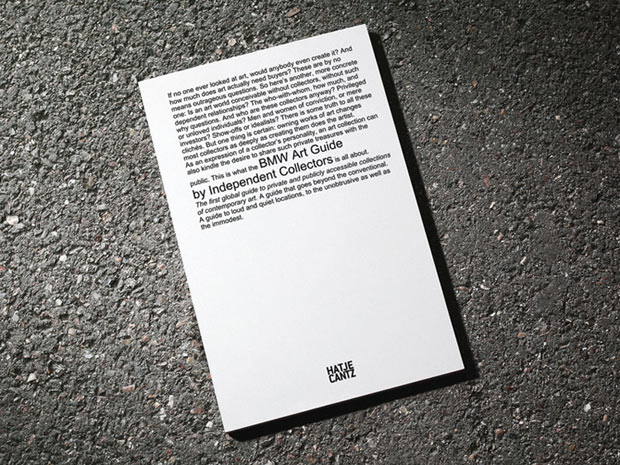
One exciting and little known resource BMW introduced during the Miami fairs, the BMW Art Guide by Independent Collectors offers an extensive look at some of the world’s most impressive publicly accessible private art collections. Previously released with U.K.-only collections, the new release goes global with 173 collections in 34 countries. The handy little book includes an impressive range of collections covering everything from the former Soviet Union’s first private museum in Ukraine to Berlin’s Sammlung Ivo Wessel, a video and concept art-based collection housed in a military facility with tours lead by Wessel himself.
BMW’s Art Car program has been going strong since its start in 1975, when Alexander Calder created the first car for his friend and race car driver Hervé Poulain. To celebrate the program BMW brought four of the historic cars to Art Basel Miami Beach—The Calder, Frank Stella (1976) and Robert Rauschenberg (1986) were presented in a pavilion across from the fair, and the Jenny Holzer (1999) was present in the fair’s VIP lounge. The cars live in the BMW Museum in Munich and frequently tour around the world, but having so many of them at the fair was a first.
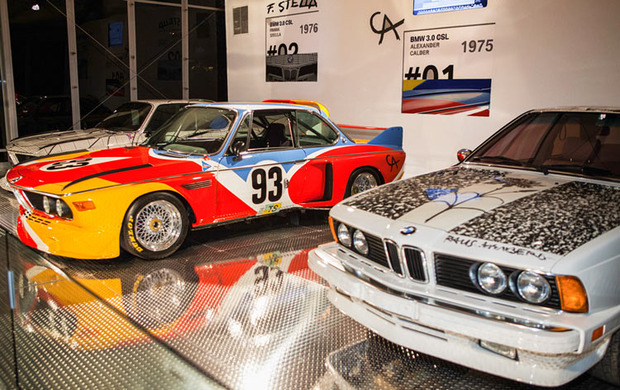
After making its way from Berlin, the BMW Guggenheim Lab officially opened its doors in Mumbai on 9 December 2012. As the third stop in the first wave for the traveling think tank, Mumbai will offer free programs under the theme of ME=WE, encouraging the public to reconsider the use of space and role of urban architecture and design in balancing individual and communal interests.
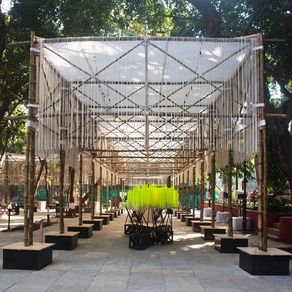
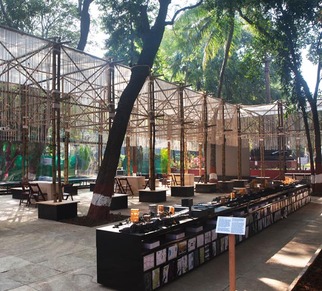
Thomas Girst, Head of Cultural Engagement
It was great to sit down with Thomas and get the scoop on their current and future projects.
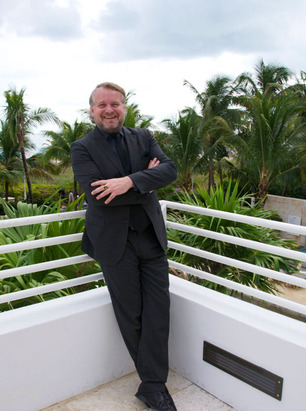
You have a really amazing job. How do you think about your role in the art community and at BMW?
Yeah, I know I’m a very lucky person and I’m grateful every day…
I think when you have more than 70% [of your time], where you’re passionate in what it is that you can do, you’re a lucky, lucky person…and the company gives you a lot of freedom if they believe in what it is that you’re doing…I mean trust is something to be earned, and If you have passed that test there’s a lot of self reliance in terms of what it is that you can do for the company.
You work with a generous budget. How do you think about using it?
You can do so much, so many things wrong with €100,000 and so many things right with €10,000. You know, when we as a company are engaged in the arts, it’s not about your logo everywhere. As much as I love it, I don’t want to see them blaze it on the red curtain before the opera starts…It’s about authenticity and it’s about really leaving the complete creative freedom with the cultural institutions that you work with…you have to differentiate yourself to a certain degree, which you know, it’s of great importance to me…anybody can sponsor a show. Anybody can throw money at an opera to make an opera production possible. Those are all good things. But to engage in long term programs like [BMW Guggenheim Lab] that’s something new. That’s something I’m interested in and that’s something that if you have to fight enough obstacles, that’s when you know it’s worth living.
Do you do a lot of selling internally?
Oh, yeah, and I think if that weren’t necessary, something would be wrong. You know, it’s a car company that is very much focused on its core business.
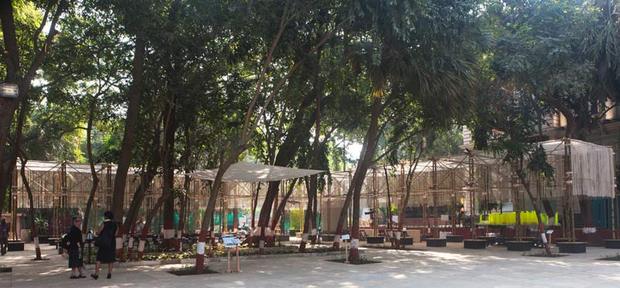
You mentioned the BMW Guggenheim Lab project, and Mumbai, the third leg in the first phase of the multi-year program opens today. What have you learned from the first two city programs, and how do you think that will inform what’s happening in Mumbai?
It’s important for me to point out our role in culture, it’s really something that we take seriously you know, it’s a joint initiative. If we’re going to do something that came into being after two years of closed door discussions with the Guggenheim, a cultural institution with global reach that we cherish and that we have worked with before, and we just thought what can we do together, you know, that is of interest to both of us that can work on a global scale and that can come across as something that hasn’t been done before. Richard [Armstrong, the director of the Guggenheim] said luxury today is defined by the time it takes for us to talk to each other. And that is what the lab is about; as a multidisciplinary platform it tackles the challenges of life in the mega cities of today and tomorrow.
The labs themselves don’t build up on each other. What is being done is…like a beehive of activity that is happening there, for the citizens and the guests of each city that it’s in for a period of six weeks to two months. It’s important that out of those discussions come things that last. Like in New York you had [an empty lot] on the lower east side [that] is now a park that has been turned over to the city. In Berlin where the lab was taking place in the summer, an interactive bicycle map, for example, came into being…really little, small steps that will make our life in cities better. Over 5,000 people have participated online with providing information in regard to the bicycle map of Berlin. I think more than three dozen cities have already inquired about such a project because it hasn’t been done before in that scope and scale.
In Mumbai the structure is different…we’re using sustainable material right from Mumbai, paying tribute to the perpetual innovativeness of this city…What used to be the Greek Agora of course in India is the idea of the Mandapa…I think it’s Mandapa, it’s an outside pavilion that basically has the same society function as the agora, which is you know, a genuinely Indian construction, which the Guggenheim honors in the appearance of the lab. And it’s smack in the middle of Mumbai at the Dr. Bhau Daji Lad Museum. It also is a museum that shows the history of arts and crafts in India. We have satellite events and fairs and a program with hundreds of things that are happening with the great team that comprises people that are based in that city. [There’s also a new member on] the advisory board, Geetam Tiwari, [the MoUD Chair Professor for Transport Planning at the Department of Civil Engineering at the Indian Institute of Technology in Delhi].

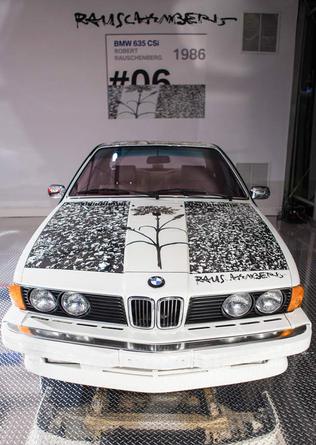
We’ve talked about some of your big programs, but you also mentioned there’s a lot of small programs too. How do those smaller programs become part of the conversation that you’re trying to create?
What is essential is with 3,000 inquiries every year you have to have a strategy behind this. And the strategy cannot be built on the affinities of senior management. It has to be a strategy that comes from the brands themselves. Our focus with BMW is contemporary and modern art, classical music and jazz as well as art and architecture. So it’s hundreds of initiatives worldwide paying tribute to the local flavor. We don’t try to do one-offs. We need to have long term engagements to give the partner and the customer security of having teamed up with us.
BMW doesn’t have an art collection besides the BMW art car series and some great paintings by Gerhard Richter in the lobby [of our headquarters]. It’s because you will find that art collections, many in the service industries, banks and insurance companies, they have art collections because when you think of them you have no visual. Hopefully, when you think of BMW you have a visual of a greatly designed car, so we don’t need to fill that visual gap.
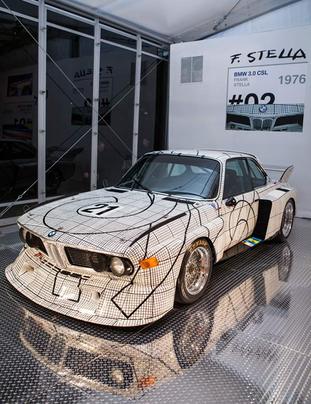
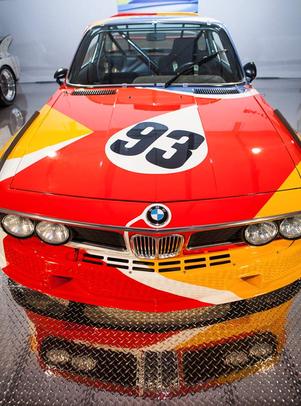
But you aren’t doing this just for fun…
Don’t ever be fooled by people saying they’re doing things out of philanthropic or altruistic reasons. You know, this is being done for the reputation and the visibility of the company and of the brand, and rightly so. You have a big responsibility to make that visibility beyond branding happen in the shape and form that you want BMW to be positioned outside of its core business.
Images courtesy of BMW; portrait of Thomas Girst by Evan Orensten












